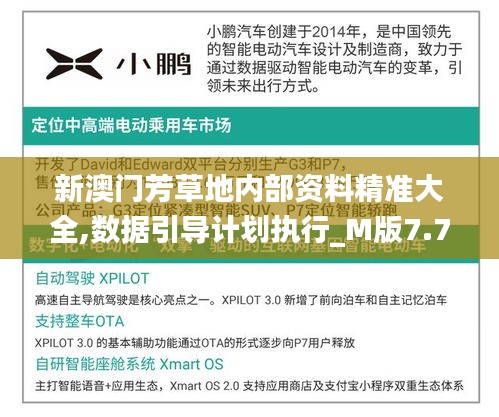Navigating the Dynamic World of Real-Time Pricing: Strategies and Implications
标题:Navigating the Dynamic World of Real-Time Pricing: Strategies and Implications
The Evolution of Real-Time Pricing
Real-time pricing has emerged as a transformative force in various industries, from e-commerce to transportation and energy. This concept refers to the practice of adjusting prices dynamically based on real-time market conditions, customer demand, and other relevant factors. The evolution of real-time pricing can be traced back to the early days of the internet when companies started to leverage data analytics to optimize their pricing strategies.
Initially, real-time pricing was more of a novelty, often used in niche markets. However, as technology advanced and data became more accessible, the concept gained traction. Today, it is a mainstream practice, with many businesses adopting it to stay competitive and maximize profits.
How Real-Time Pricing Works
Real-time pricing relies on a complex system of algorithms and data analysis. Here's a simplified breakdown of how it typically works:
Data Collection: Companies gather vast amounts of data from various sources, including customer behavior, market trends, and inventory levels.
Analysis: Advanced analytics tools process this data to identify patterns, predict future demand, and understand customer preferences.
Dynamic Pricing Algorithms: These algorithms use the analyzed data to adjust prices in real-time, often several times a day or even more frequently.
Implementation: The updated prices are then communicated to customers through various channels, such as websites, mobile apps, or point-of-sale systems.
Real-time pricing can be implemented in different ways, depending on the industry and the specific business goals. For example, airlines use real-time pricing to fill empty seats, while hotels may adjust room rates based on demand and seasonality.
Benefits of Real-Time Pricing
Real-time pricing offers several benefits to businesses, including:
Increased Profits: By optimizing prices based on real-time demand, businesses can maximize their revenue.
Improved Customer Satisfaction: Offering competitive prices and personalized deals can enhance customer loyalty and satisfaction.
Increased Efficiency: Real-time pricing helps businesses manage inventory and resources more effectively, reducing waste and costs.
Competitive Advantage: Companies that adopt real-time pricing can stay ahead of the competition by offering more attractive prices and deals.
Challenges and Considerations
While real-time pricing offers numerous benefits, it also presents challenges and considerations:
Complexity: Implementing a real-time pricing system requires sophisticated technology and skilled personnel.
Data Privacy: Collecting and analyzing customer data raises concerns about privacy and data security.
Market Risk: Real-time pricing can be vulnerable to market fluctuations and unexpected events.
Customer Perception: Some customers may perceive real-time pricing as unfair or deceptive, leading to negative brand perception.
Businesses must carefully balance the benefits of real-time pricing with these challenges to ensure a successful implementation.
The Future of Real-Time Pricing
The future of real-time pricing looks promising, with advancements in technology and data analytics expected to further enhance its capabilities. Here are a few trends to watch for:
Artificial Intelligence: AI will play a crucial role in improving the accuracy and efficiency of real-time pricing algorithms.
Blockchain Technology: Blockchain can help ensure the transparency and security of real-time pricing transactions.
Personalization: Real-time pricing will become even more personalized, with prices tailored to individual customer preferences and behaviors.
Regulatory Changes: Governments may implement new regulations to address concerns related to real-time pricing and consumer protection.
As real-time pricing continues to evolve, businesses that adapt to these changes will be well-positioned to thrive in the dynamic market landscape.
Conclusion
Real-time pricing is a powerful tool that can help businesses optimize their pricing strategies and improve their bottom line.
The Rise and Fall of Hot Products: Understanding the Ephemeral Trend in Consumer Goods
Navigating the English Language Trending Topics Chart: A Comprehensive Guide
The Latest Real-Time Policy Updates: A Comprehensive Overview
The Future of the Restaurant Industry: Will It Remain Hot?
Navigating the Art of Writing "Real-Time Progress" in English
The Rise of Electric Vehicles: A Game-Changer in the Automotive Industry
Real-Time Processing Systems: The Heart of Modern Data-Driven Operations
Summer's Hottest Foods: A Culinary Journey Through the Warmest Months











 蜀ICP备08106559号-1
蜀ICP备08106559号-1